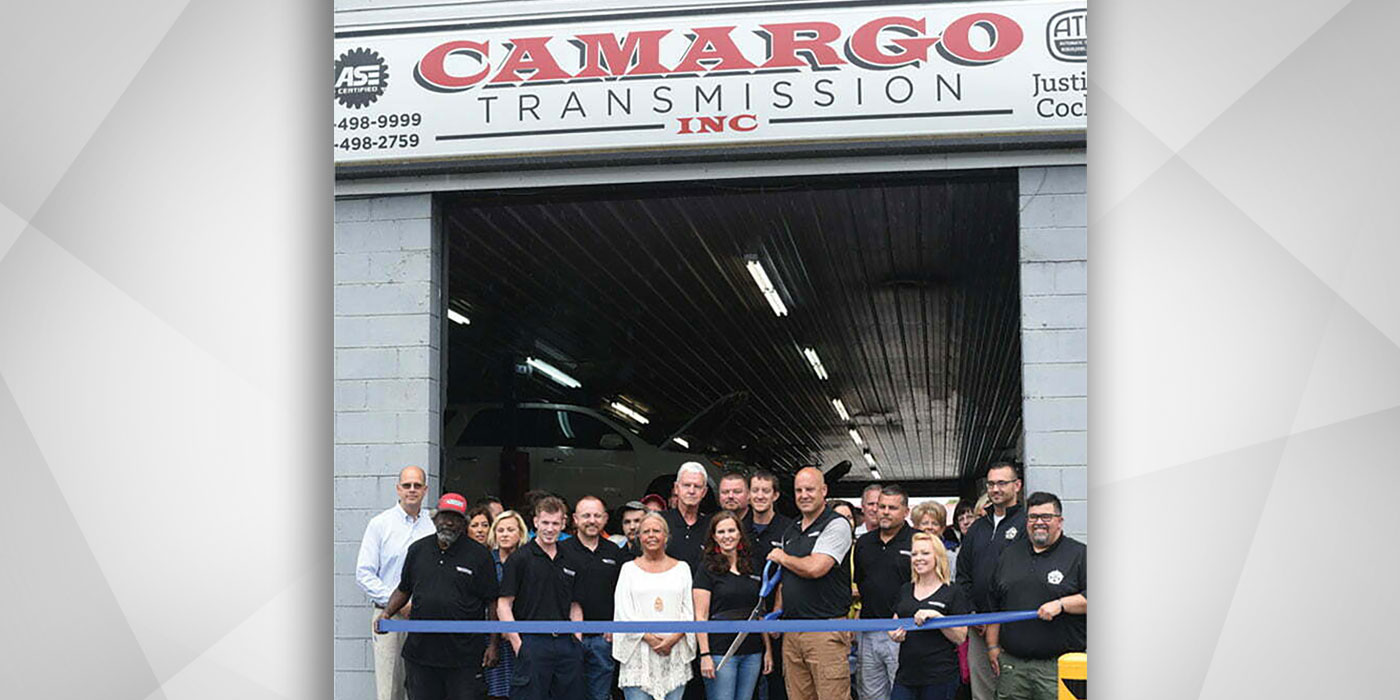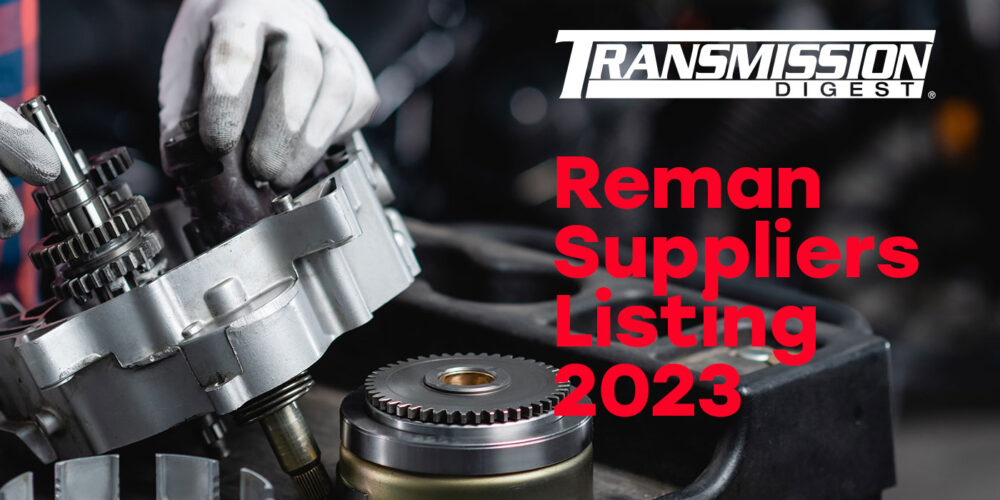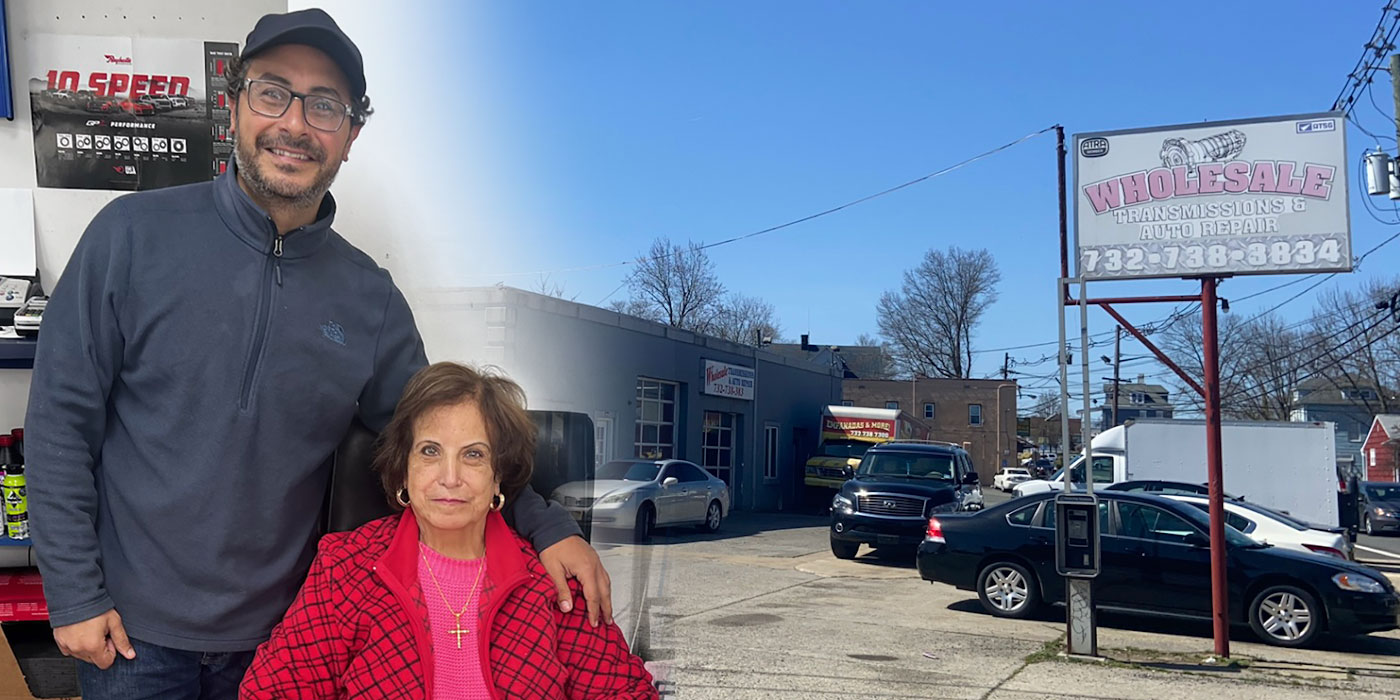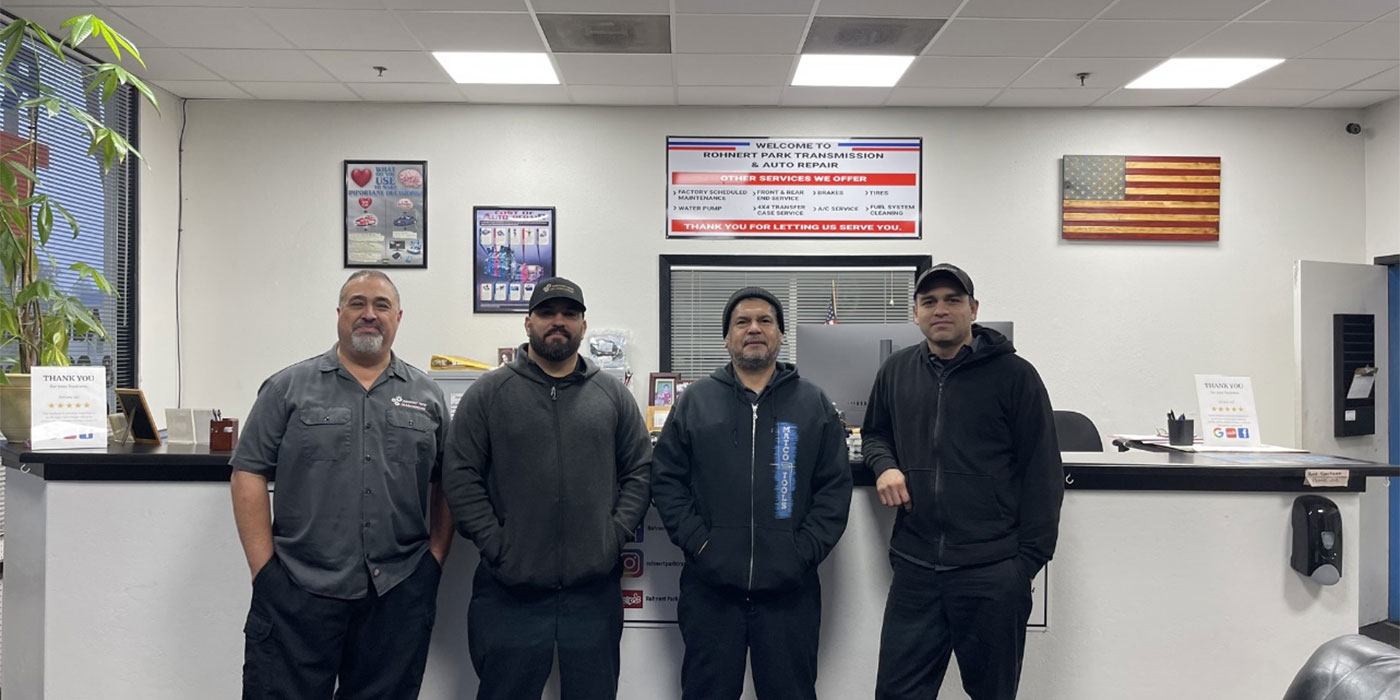
It’s Your Business
- Subject: Building relationships with your customers
- Essential Reading: Shop Owner, Center Manager
- Author: Terry Greenhut, Transmission Digest Management Editor
Although some customers will try to get away as cheaply as possible, most realize that they have to at least pay a fair price to get a car fixed properly. Fortunately for us, people who place quality and service above price outnumber those who don’t by four to one. That means that about 80% of your customers are far more motivated by the look and the feel of the service than the price of it.
When we talk about look and feel we mean not only how the repair itself goes but also the esthetics of it. The atmosphere of the shop, the look of the people who work there, the attitude of the employees toward customers, management and other employees can turn customers on or off. A customer who can look around and say, “Yes, I feel comfortable here” is one who usually will pay whatever is asked. One who doesn’t like the surroundings or the manner in which he or she is being treated will either go and look for a place they like better or try to negotiate a lower price, believing that the facility isn’t good enough to warrant the price it is trying to get.
Does making customers feel comfortable mean presenting them with the Taj Mahal of repair facilities? Not necessarily. In fact, it could work against you when it comes to the type of customer who is used to shopping at the friendly neighborhood American-car dealership as opposed to the opulence of the snooty European-car dealer. That type of customer can feel intimidated or at minimum think that the price will be outrageous, as it usually is in those types of environments.
I’m a typical example of a middle-class American who wants value for the money I spend but at the same time don’t need to be overwhelmed by outrageous attempts to impress me. Case in point: In 1986, after having been a Cadillac man for many years, I got it into my head that I needed to have a Mercedes – not just any Mercedes, but an “S” Class – top of the line with all the bells and whistles. Now, I know lots of small-business owners who at some point felt the same way; however, most treated that feeling like the common cold: There’s not much you can do about it but it goes away in a short time. Me, I didn’t let it go away. I had to have one. In 1986, $750 a month was an unthinkable amount to pay to lease a car, any car, but I thought, “Well, it is a Mercedes. I won’t have to spend much on maintenance and repairs so maybe it’s worth the investment.”
The first time I took it in for service was when I decided that I didn’t belong in this car and that as soon as this lease was up I was getting out of it as quickly as I could. The first thing I noticed upon my arrival at the dealer’s service department was how antiseptically clean it was. It wasn’t just clean; it was squeaky clean – to a point, in fact, that I wanted to apologize to the service writer for driving my car with its dirty tires into the building. This place was so clean it looked as if they had never worked on a car there ever at all. That scared me. Next, I looked up at the labor-rate sign that shops have to post in the state of New York. $89 an hour was a little steep in 1986, especially when all the other dealers were somewhere in the 50s.

Then the service writer came to greet me. He had this cold, calculating look on his face. He said hello but never smiled. His name was Heinz; at least, that’s what the gold tag on the breast pocket of his starched white lab coat said. He had the thick German accent to go along with it. I guess I was supposed to be impressed by the service writer who came from the same country that the car did, but I wasn’t, especially because I knew that the owner of the dealership was an Italian guy from the Bronx.
Heinz didn’t even ask me what I was there for. He told me that I was due for my 15,000-mile service and that it was going to cost me almost $1,000. I was going to need front brake pads and rotors along with a minor tune-up. I’d hate to see what a major tune-up would have cost. Of course it would include the basic oil change etc.
I had to tell old Heinz at one point that I had brought the car in for a transmission flare-up on the 1-2 shift – which, by the way, the dealership was unable to fix the entire time I had the car. I was also never able to figure out how Heinz knew I needed pads and rotors without even looking at them. Maybe all the black brake dust on the front wheels was a clue. Not the world’s greatest brake design, not for a car that expensive.
Heinz was an intimidating figure, especially when he kept threatening to cancel my warranty if I didn’t have all the services performed. He eventually made the sale but turned me off to high-end foreign cars, probably forever. I went right back to Cadillac at the end of that lease and have stayed with that brand ever since.
You see, the Cadillac dealership is just clean enough. It’s nice without the intimidation factor. The service writer and I speak the same language, and although he will sometimes try to sell me things I don’t think I need, he doesn’t threaten me when I say no. He just says, “OK, we’ll do it next time.” Then I get a service reminder in the mail telling me I need that service done along with any others they want to recommend. His labor rate is high-end but not outrageous. The dealer understands about not killing the goose that lays the golden egg.
All this is a great lesson for us to learn. Having a nice, clean facility with nice employees whom customers can understand and not feel intimidated by is important. We need to remember that we are not dealing primarily with the rich and famous, so an outrageously opulent facility is not necessary and can actually work against us. We’re dealing with Joe Jones and his Toyota Camry with 120,000 miles on it. Will he pay a fair price to get it fixed? Sure, if we can convince him that he is investing wisely and that you and your shop can be trusted to do good work and stand squarely behind it. Will he try to get you to do it for less? Sure he will if given the opportunity. That’s his job, to see whether he can get the same quality and service for a lower price. Your job, on the other hand, is to make sure you get a price at which the shop can make a profit.
A customer wanting to pay less doesn’t mean that he will unless you let him. How to avoid it? Make sure your labor rate and your parts markup are based on real numbers, not on what local dealers or competitors charge. You don’t know their overhead. You know only yours. If your numbers are real then you know that if you negotiate them at all you will be losing money. It will make you quote and stick to a realistic price.
Want to get more for your work? Write more on the repair order. Itemize everything. Split labor operations so they take up more lines. Don’t write “Remove, rebuild and reinstall transmission” on the same line. Write “Remove transmission” on one line with a labor price. Then write “Disassemble and inspect transmission” with a labor price on the next line. “Rebuild transmission” next, and then “Flush transmission cooler,” followed by “Install transmission” and, last, “Road test for proper operation.” Your one-liner just became six and your customer gets to see exactly where his money is being spent, which makes him much more comfortable about spending it.
Do the same with parts. Itemize everything. Don’t just write “Master overhaul kit.” Break it down to its components. It’s a gasket set, a rubber-parts kit, a ring kit, clutches and steel plates etc. Put a price next to each part you list, but I wouldn’t necessarily write the part numbers. That would make it too easy for the customer to do a comparison. The idea is to give customers enough information that they feel comfortable about signing the repair order but not so much that they believe they can shop your price all over the Internet.
The bottom line: Make friends with your customers by giving them a pleasant atmosphere and an honest approach and by demonstrating that you have the experience and the confidence to repair and maintain their vehicles properly.

Visit www.TerryGreenhut.com.













